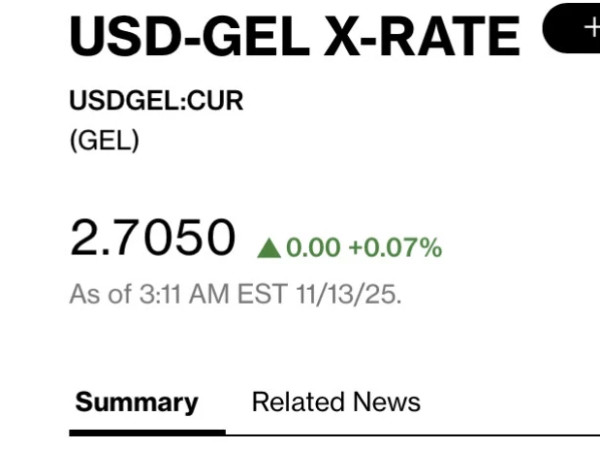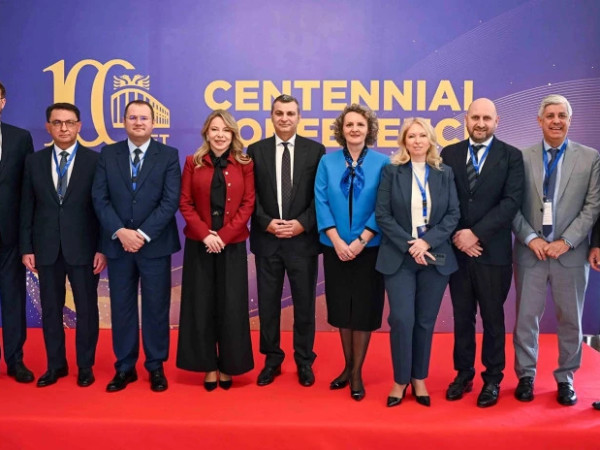From 2013 to 2022, remittance inflows in Georgia increased from USD 1.48 billion to USD 4.4 billion, representing 196% growth. The highest year-on-year increase of 86% was recorded in 2022, which was largely attributed to massive growth in remittance inflows from Russia (from USD 0.41 billion to USD 2.1 billion)- PMSG report reads.
The substantial rise in remittances from Russia was mainly attributed to the ongoing war in Ukraine and the vast influx of Russian migrants into Georgia. From 2013 to 2021, the share of EU member states in total remittance inflows into Georgia increased from 26% to 41%.
The increase in remittance inflows from the EU, over this period might be determined by the visa liberalization agreement reached between the EU and Georgia in 2017 and the consequent increase in the number of emigrants in EU countries from Georgia. However, due to the rapid growth in remittance inflows from Russia in 2022, the EU’s share dropped in total remittance inflows to 24%.
In 2022, for share of remittance inflows in GDP, Georgia (at 16%) ranked 24th worldwide, and second among EaP countries behind only Armenia.
Comparing remittance inflows to other foreign currency sources (namely exports, FDI, and international travel) over the last decade, on average remittance inflows were 23% higher compared to FDI, but 17% lower compared to revenues from international travel and 45% lower compared to exports.
Since 2020, due in part to the COVID-19 pandemic and a significant decrease in FDI and revenues from international travel, remittance inflows has become the second-largest source of foreign currency after exports, underscoring the Georgian economy's dependence on remittances.


















